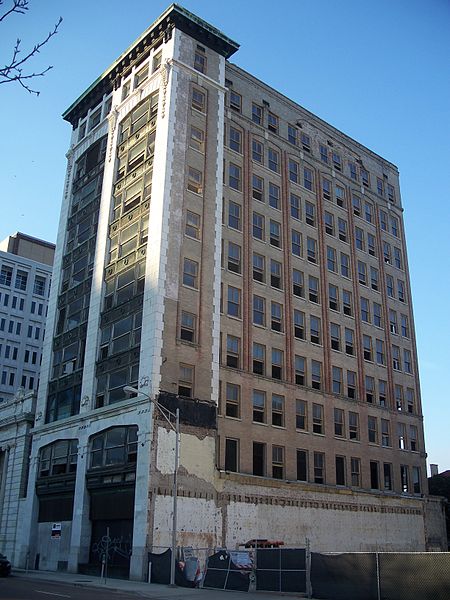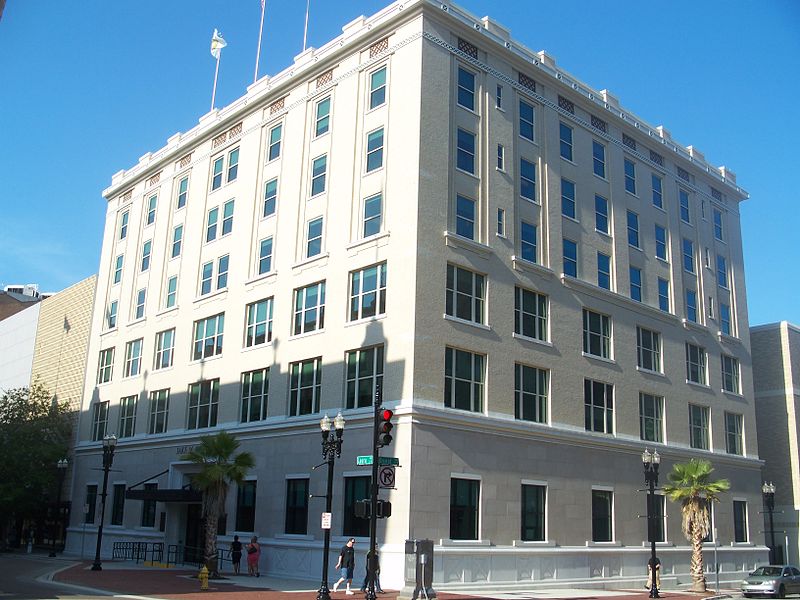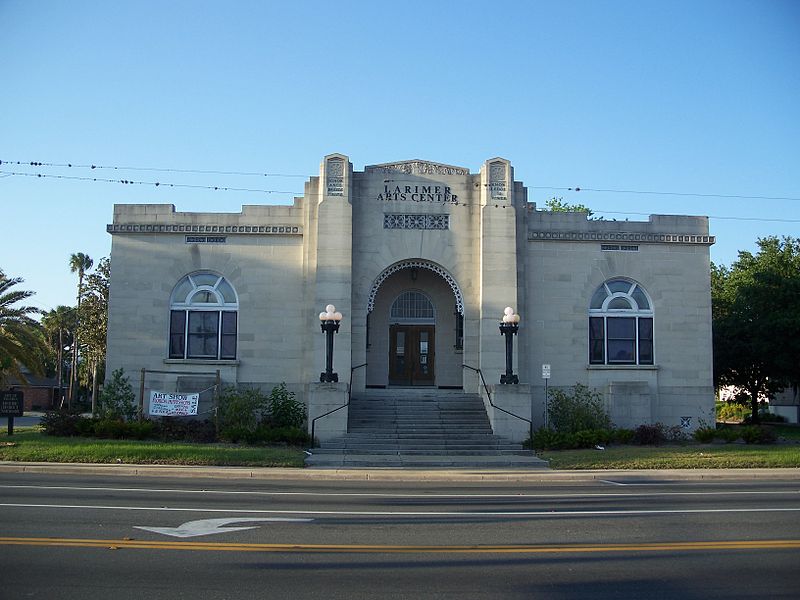<Back to Index>
- Architect George Grant Elmslie, 1869
- Architect Henry John Klutho, 1873
PAGE SPONSOR
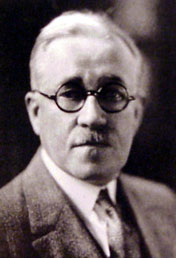
George Grant Elmslie (February 20, 1869 – April 23, 1952) was an American, though born in Aberdeenshire, Scotland, Prairie School architect whose work is mostly found in the Midwestern United States. He worked with Louis Sullivan and later with William Gray Purcell as a partner in the firm Purcell & Elmslie.
The architectural practice most widely known as Purcell & Elmslie consisted of three partnerships. The first, Purcell & Feick, was created at Minneapolis, Minnesota, in 1907 between Purcell and his Cornell School of Architecture classmate, George Feick, Jr. George Elmslie and Purcell had been friends since 1903, when Purcell worked for a short while in the office of Louis Sullivan, and Elmslie was an informal influence in the work of Purcell & Feick. In 1909, Elmslie joined the office in Minneapolis, Minnesota, and the name of the firm changed to Purcell, Feick, & Elmslie in 1910. Feick left the partnership in 1912, and the name of the practice became Purcell & Elmslie until being dissolved in 1921.
Over the course of the partnership, Purcell & Elmslie became one of the most commissioned firms among the Prairie School architects, second only to Frank Lloyd Wright. Following the dissolution of his partnership with Purcell, Elmslie worked occasionally with various other architects, including Lawrence A. Fournier, William S. Hutton, Hermann V. von Holst and William Eugene Drummond, and produced a number of banks, train stations, commercial, and institutional buildings during the 1920s and 1930s.
A curious historical note: Elmslie claimed to have been born in 1871, and he carefully kept his true birth year a secret all his life except from a very few people. The apparent reason for this was due to his immigration status in 1885, when he joined his father John Elmslie in Chicago from his native Scotland. Had Elmslie divulged his true age, he would have been ineligible to enter the United States as a dependent family member.
Elmslie was elected a Fellow in the American Institute of Architects in 1947.
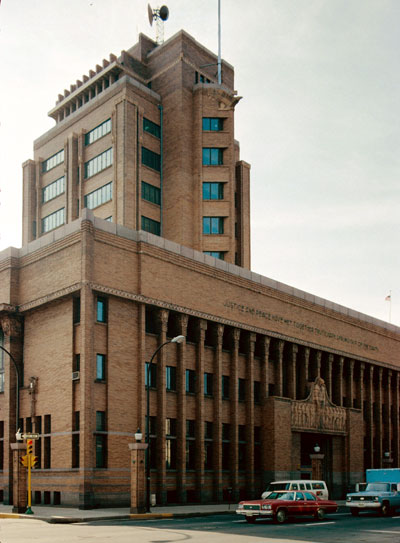
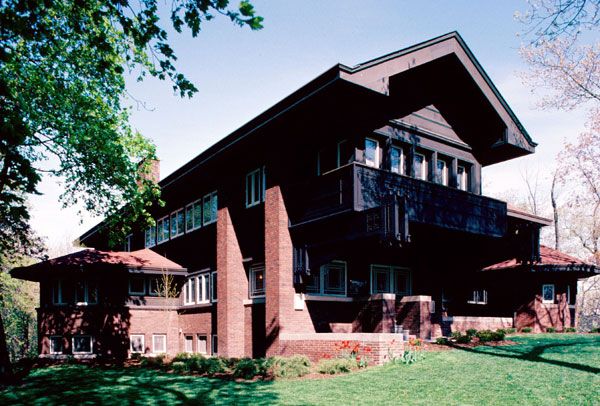
Henry John Klutho (1873 – 1964) was an American architect of the "Prairie School" style. He helped in the reconstruction of Jacksonville, Florida, after the Great Fire of 1901 — the largest ever urban fire in the Southeast — by designing many of the new buildings built after the disaster. This period lasted until the beginning of World War I. Several Jacksonville architects began their careers in the offices of Klutho's firm.
Klutho was born in Breese, Illinois, a small midwest town. He lived there until the age of 16, when he left for St. Louis, Missouri, to study business. When he became interested in architecture, he moved to New York City to learn more, and became an architect.
Klutho read about the Great Fire of 1901 in the New York Times and recognized the opportunity of a lifetime. He finished his current projects in New York and quickly moved to Jacksonville. Klutho introduced himself to prominent businessmen and politicians, and within a month, he was commissioned to design the six story Dyal - Upchurch Building, the first large structure in the barren downtown area. Other projects soon followed, including the new City Hall and private homes.
During a business trip to New York City in 1905, Klutho met Frank Lloyd Wright, and the event changed Klutho's life. Wright and other Chicago area architects had originated a new American style of design that became known as "Prairie School", which discarded traditional European standards, such as Roman arches and Greek columns. The new style appealed to Klutho, whose style changed to adopt the fresh ideas.
Between 1907 and the start of World War I, he was commissioned to design dozens of buildings, including the Morocco Temple, Seminole Hotel, the Florida Life Building, the Bisbee Building, and the YMCA. In what is now the Springfield Historic District, he drew plans for the Klutho Apartments, the Claude Nolan Cadillac Building, the Florence Court Apartments and his own home. He also was involved in the design of buildings in the Avondale and Riverside neighborhoods.
In March, 1910, Klutho agreed to design a building for Jacob and Morris Cohen's department store, to be named the St. James Building. Among the proposals sent to the Cohens was a striking design for a building with four floors, twice what had been requested. Klutho proposed a "mixed use" design that would contain small shops on the first floor exterior with the department store in the interior and on the second floor. The third and fourth floors would contain offices for rent. He convinced the brothers that their structure would become the center of commerce for Jacksonville and they embraced his idea.
Klutho not only designed the building, but acted as construction manager using the fast track method, whereby work begins prior to design completion. Remarkably, the project was finished in less than a year and a half. The structure was named the St. James Building, and it was Klutho's crowning achievement. When dedicated on October 21, 1912, it was the largest structure in Jacksonville, occupying an entire city block. The St. James Building was the featured article in The Western Architect and Klutho's work was highlighted throughout the magazine in June, 1914.
The most striking interior feature was a 75' octagonal glass dome, which served as a skylight. The elevators were open "cages", giving passengers a view of the store. The building exterior was decorated with large abstract terra cotta ornaments.
Later
generations in Jacksonville did not appreciate the creativity and style
of his designs. His contributions to the rebirth of the city were
mostly ignored, except by his colleagues. On this, he quoted Desiderius Erasmus:
"In the land of the blind, a one - eyed man is king." Klutho lived to be
91, but was flat broke and his later years were difficult. Following his
death, much of his work was razed or "renovated". However, in the mid 1970s, a number of his creations were added to the National Register of Historic Places, assuring their preservation, and the Jacksonville Historical Society takes special interest in his work.
